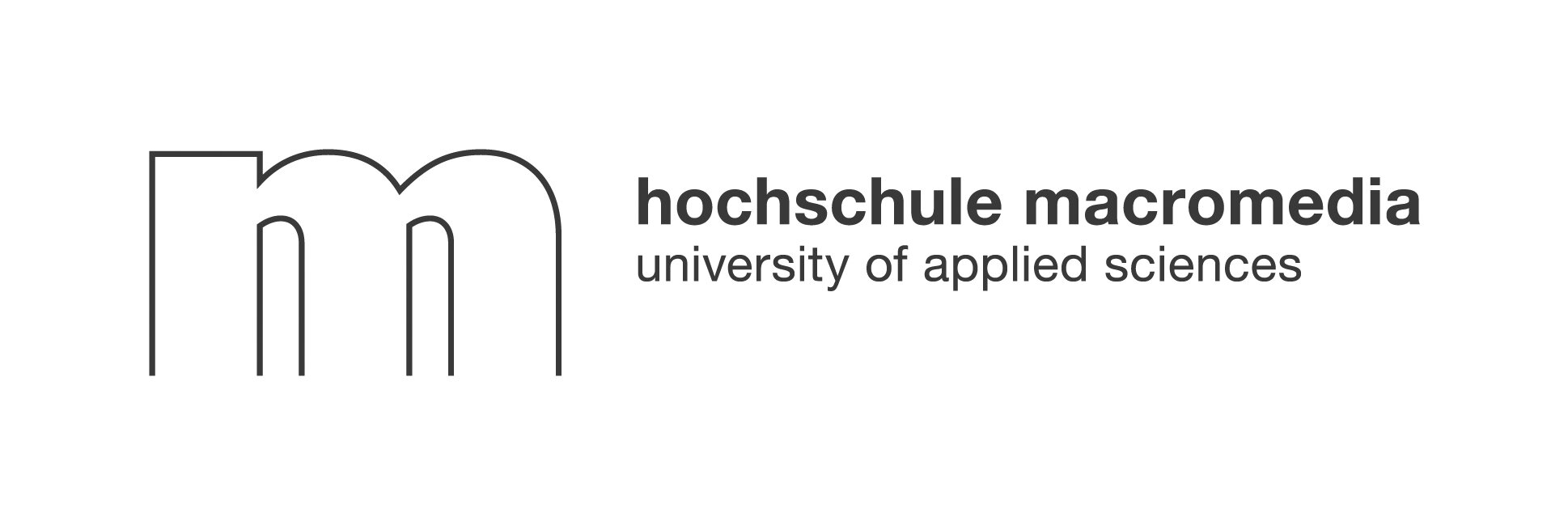Remote work is here to stay, but building real bonds across screens can feel like solving a puzzle with missing pieces. If you’re searching for tips and tools to foster authentic connections among remote teams, you’re not alone. While virtual work offers flexibility and freedom, it also challenges the very fabric of workplace camaraderie. So, how do you move beyond awkward icebreakers and create a culture where trust, collaboration, and genuine relationships thrive—even when your team is scattered across cities or continents? Let’s explore proven strategies, practical routines, and the latest tech that turn digital distance into authentic workplace relationships.
Why Authentic Connection Matters in Distributed Workforces
The business impact of high-trust virtual cultures
Trust is the backbone of any successful team, but it’s even more critical in remote settings. According to Gallup’s State of the Global Workplace 2024, fully remote and hybrid employees are 15 percentage points less likely to feel connected to coworkers than their in-office peers. This gap isn’t just a morale issue—it hits performance, too. High-trust virtual cultures see up to 50% higher productivity, 76% more engagement, and 74% less stress among employees. Teams that feel connected are more likely to share ideas, support each other, and deliver on goals. When people trust their colleagues, remote work becomes a source of innovation rather than isolation.
Warning signs of disengaged remote teams
Disconnection can be subtle but damaging. Watch for these signs:
- Drop in participation during meetings
- Delayed responses or missed deadlines
- Reluctance to share feedback or ask for help
- Team members working in silos, rarely collaborating
- Increased turnover or absenteeism
“Disconnection quietly drains engagement, creativity, and loyalty—three things no organization can afford to lose in 2025.”
_– April Beyer, relationship and communication expert_
Spotting these signals early lets you intervene before disengagement becomes a crisis.
Start With Shared Purpose: Crafting a Narrative Everyone Feels
Running a quarterly Purpose Pulse session
Teams thrive when everyone feels part of something bigger. A quarterly Purpose Pulse session brings this to life. Start with a real customer story—maybe how your product helped someone overcome a challenge. Then, invite team members to connect their daily work to that story. For example, a developer might realize that fixing a bug enabled a customer’s business to run smoothly. This session isn’t about metrics; it’s about meaning. It transforms abstract goals into a shared narrative, giving every task a purpose.
Linking individual tasks to customer stories
Purpose sticks when it’s personal. Encourage managers to regularly link individual contributions to customer impact. For instance, a support agent’s quick response might be the reason a client stays loyal. Sharing these stories in team channels or meetings helps everyone see how their work matters. It’s a simple employee connection strategy that builds pride and cohesion.
Humanize Communication Routines
From All-Hands to All-Hearts check-ins
Traditional all-hands meetings can feel stiff and transactional. Try swapping them for “All-Hearts” check-ins—a 20-minute monthly gathering focused on people, not just projects. Here’s a quick format:
- Three-word mood round: Each person shares three words describing their current state.
- Two-minute spotlight: Rotate who shares a slice of personal life—a hobby, a pet, a recent win.
- One appreciation: Everyone thanks someone for a small act of kindness.
This approach replaces small talk with meaningful moments, creating space for vulnerability and authentic workplace relationships.
Three-word mood rounds that replace small talk
Small talk has its place, but structured emotional check-ins go deeper. Start meetings with a three-word mood round. For example: “Curious, hopeful, caffeinated.” No explanations required. This simple habit normalizes emotional honesty, makes teammates feel seen, and signals that well-being matters just as much as output.
Micro-Moments That Spark Camaraderie
Virtual coffee roulette done right
Spontaneous hallway chats are rare in remote work, but you can engineer serendipity. Virtual coffee roulette tools (like Donut or Microsoft Viva) randomly pair team members for a 15-minute chat. Add a prompt—“Show something on your desk with a story”—to break the ice and spark real conversation. Rotate hosts to keep it fresh and ensure everyone feels included.
Encouraging audio-only walk & talks for creativity
Zoom fatigue is real. Encourage audio-only “walk & talks” once a week. Team members step outside, call in, and chat while walking. Movement boosts creativity, and the lack of video reduces pressure. These casual conversations often lead to new ideas and deeper connections.
Evidence-Based Activities to Foster Authentic Connections Among Remote Teams
The Fast Friends exercise step-by-step
One of the most effective, research-backed employee connection strategies is the Fast Friends exercise, developed by psychologists to rapidly build trust and empathy. Here’s how to run it virtually:
- Prepare 36 questions that move from light to deeper topics (e.g., “What would make a perfect day for you?” to “Tell your partner something you like about them”).
- Pair up team members randomly, ideally at the same organizational level.
- Set up breakout rooms on Zoom or your preferred platform.
- Give each pair 10–15 minutes per question set (three sets in total).
- Encourage voluntary participation and stress confidentiality.
- Debrief as a group to share experiences (optional).
Studies show that even a single session can boost trust, empathy, and collaboration.
“Implementing evidence-based connection exercises in a virtual context can help increase workplace camaraderie and trust, especially for a diverse workforce.”
_– Wharton Neuroscience Initiative_
Scaling small-group challenges for global teams
Small-group challenges—like virtual escape rooms, fitness competitions, or skill sprints—are perfect for distributed teams. Keep groups small (three to five people) to encourage participation and avoid the awkwardness of large, forced gatherings. Rotate teams each round to break down silos and help employees meet new colleagues. This approach scales well across time zones and cultures, making it ideal for global organizations.
Digital Tool Stack for Transparent, Inclusive Collaboration
Matching channels to message: chat, async video, shared docs
Choosing the right tools is crucial for effective, inclusive communication. Here’s a quick comparison:
Match your message to the medium. Use chat for fast feedback, async video for thoughtful updates, and shared docs for ongoing projects. This keeps everyone in the loop, regardless of location or schedule.
Using recognition bots and kudos walls to celebrate wins
Recognition is the love language of remote teams. Digital kudos walls and recognition bots (like Bonusly or Slack integrations) let teammates celebrate each other’s wins instantly. Mirror physical recognition—sticky notes on a wall—with digital shout-outs. At month-end, highlight a few at a team meeting or send a small reward. Timely praise boosts morale, strengthens bonds, and encourages a culture of appreciation.
Keeping Momentum: Measuring and Sustaining Connection Over Time
Pulse surveys and connection KPIs
You can’t improve what you don’t measure. Use monthly pulse surveys to track how connected team members feel. Questions might include:
- “I feel comfortable reaching out to colleagues for help.”
- “I understand how my work contributes to our team’s goals.”
- “I feel recognized for my contributions.”
Monitor trends and set connection KPIs, like participation rates in micro-events or peer recognition frequency.
Iterating rituals based on team feedback
Connection isn’t one-size-fits-all. Regularly ask for feedback on team rituals—what’s working, what feels forced, and what could be improved. Adjust routines based on input. Maybe your team prefers walk & talks over video calls, or wants more frequent but shorter check-ins. Flexibility keeps rituals fresh and meaningful.
Comparing Traditional vs. AI-Driven Connection Strategies

| Feature | Traditional Team Events | AI-Driven Micro-Events (e.g., Neroia) |
|--------------|--------------|--------------|
| Group Size | Large, often 10+ | Small (3–4), highly curated |
| Participation | Often mandatory, mixed buy-in | Voluntary, interest-based |
| Planning Effort | High (manual coordination) | Minimal (AI handles scheduling) |
| Interaction Quality | Surface-level, sometimes forced | Deep, organic, based on shared interests |
| Accessibility | Limited by time/location | Flexible, hybrid/remote friendly |
| Data & Feedback | Rarely measured | Tracked for continuous improvement |
| Impact on Relationships | Short-lived, superficial | Lasting, authentic workplace relationships |
Bullet List: Signs Your Team Needs Stronger Connection Rituals
- Meetings feel transactional, lacking warmth
- Employees rarely interact outside of required tasks
- New hires struggle to integrate or find mentors
- Recognition is rare or only top-down
- Team members hesitate to share personal news
Bullet List: Digital Tools That Support Connection
- Donut (random coffee chats)
- Slack/Teams (persistent chat, integrations)
- Miro (collaborative whiteboarding)
- Bonusly (recognition and rewards)
- Zoom/Meet (video and audio meetings)
- Neroia (AI-driven micro-event orchestration)
Ordered List: Steps to Launch an AI-Driven Micro-Event Program
- Identify employee interests and availability (through surveys or platform data)
- Use an AI platform like Neroia to generate tailored micro-event suggestions (e.g., yoga, cycling, book clubs)
- AI matches small groups (3–4 people) based on shared interests and schedules
- Platform handles invitations, reminders, and feedback collection
- Collect insights on participation and impact, then iterate event offerings
Neroia: Pioneering the Future of Authentic Workplace Relationships
Traditional company-organized events often fall short. Large, generic gatherings can feel forced, especially for hybrid or remote employees who may join virtually while others are in person. This hybrid isolation leads to surface-level interactions and missed opportunities for real connection. Employees crave personalized, informal experiences that fit their interests and schedules.
Neroia is redefining employee connection strategies by leveraging artificial intelligence to create authentic, organic relationships at work. Instead of one-size-fits-all events, Neroia’s platform uses anonymized data to recommend small-group activities—like yoga sessions, cycling meetups, or cultural exchanges—tailored to individual preferences. The AI handles all the planning, so employees can effortlessly discover meaningful interactions without added friction.
During recent pilots, companies used Neroia to organize micro-events such as yoga classes and company runs, orchestrated by AI chat for seamless coordination. Employees reported feeling more engaged and less isolated, with new friendships forming naturally. By breaking down silos and encouraging participation across departments, Neroia’s approach sparks heartfelt engagement and supports well-being.
“If we can even be close to each other during a pandemic, then we can definitely do it afterward!”
_– Paula Marra, Matriarca founder (on the impact of evidence-based connection activities)_
Neroia’s commitment goes beyond the present. By continuously analyzing feedback and participation data (always with privacy in mind), the platform evolves to keep connection rituals fresh and relevant. This dynamic, employee-centric model ensures that every team member, regardless of location, has the chance to build authentic workplace relationships.
Conclusion: Connection as a Daily Habit, Not a Quarterly Event
Fostering authentic connections among remote teams isn’t about grand gestures or mandatory fun. It’s about weaving small, meaningful moments into daily work life—moments that build trust, spark collaboration, and make everyone feel valued. With the right mix of purpose-driven rituals, evidence-based activities, and smart digital tools, any team can transform virtual distance into genuine closeness.
As organizations look to the future, AI-driven team bonding platforms like Neroia are leading the way. By replacing superficial gatherings with dynamic, tailored micro-events, Neroia helps companies break silos, boost engagement, and create a culture where authentic connections aren’t just possible—they’re effortless. That’s not just good for morale; it’s a proven path to better collaboration, well-being, and business success.
Ready to bring your remote or hybrid team together in a truly meaningful way? Let Neroia show you how to foster authentic connections among remote teams: tips and tools that work for the modern workplace.




